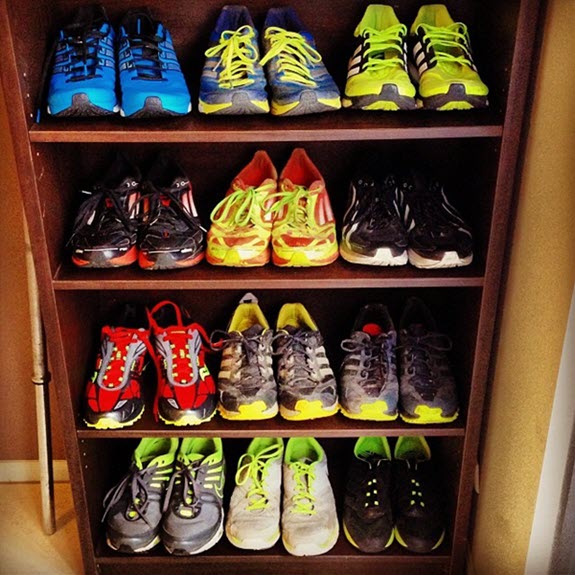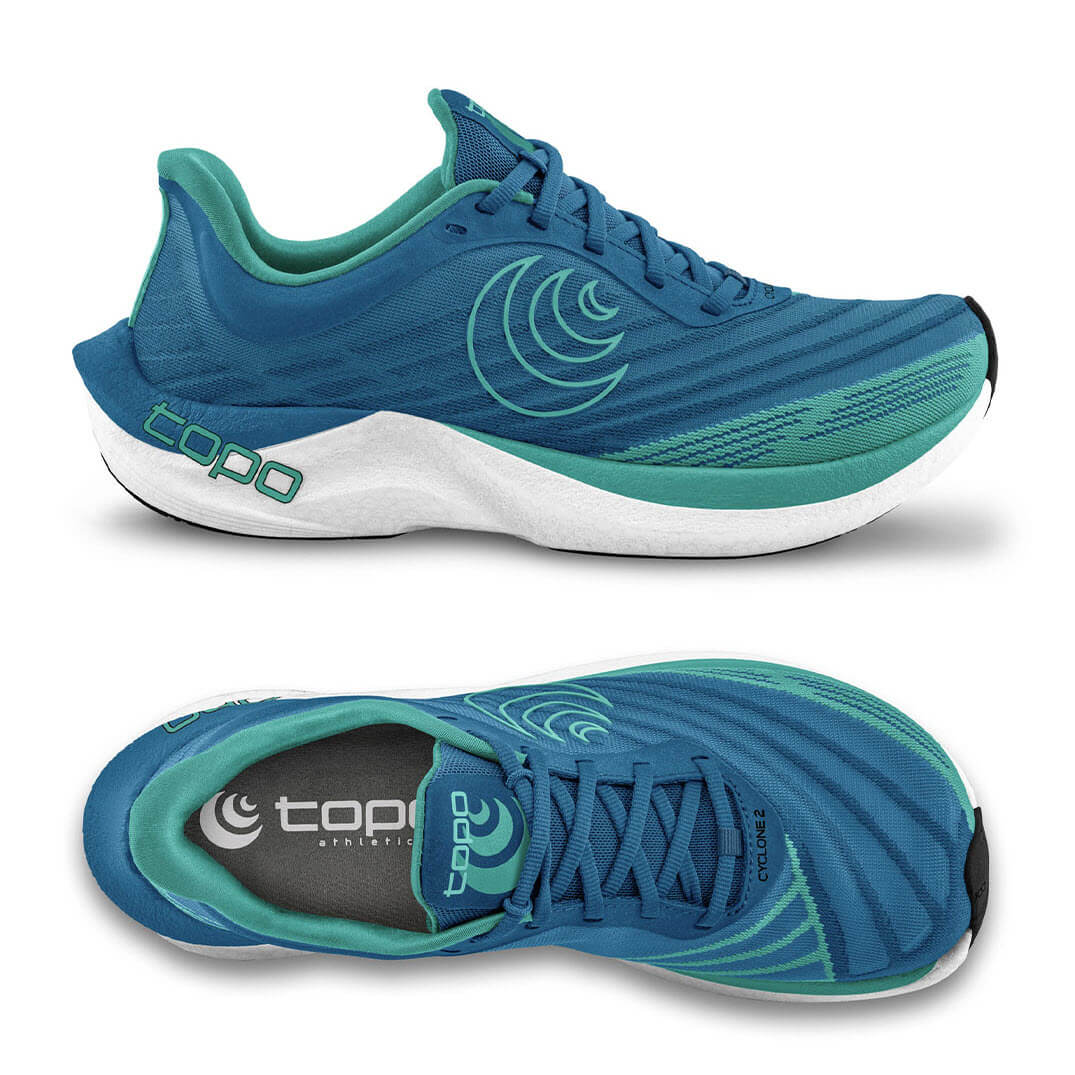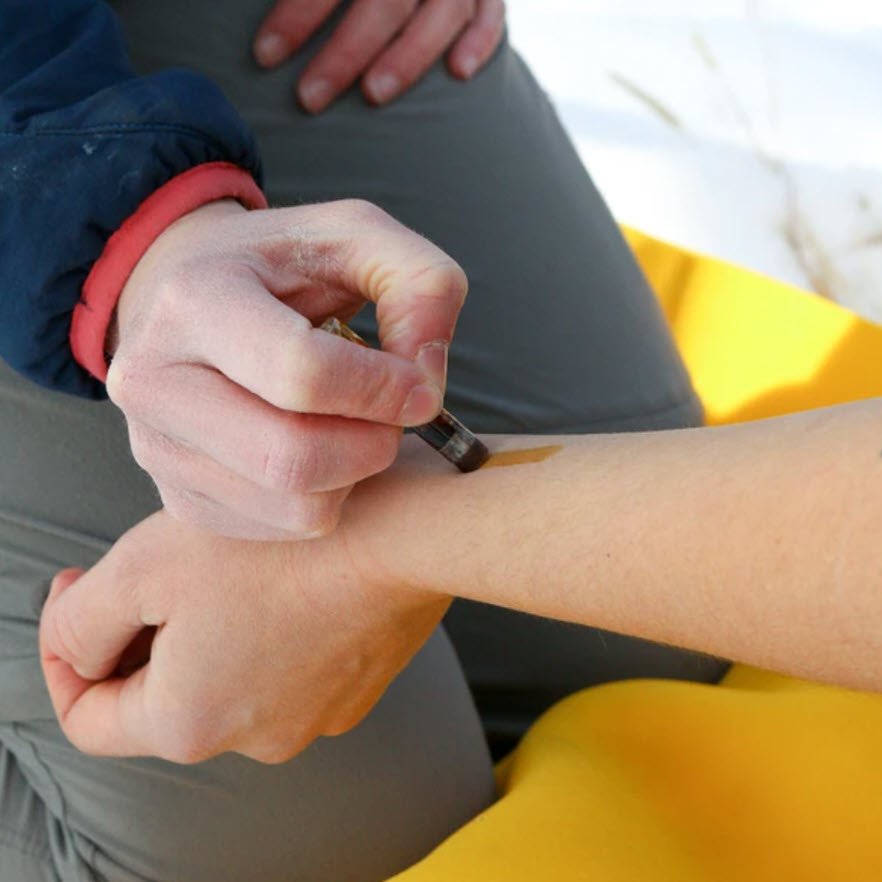How important is good shoe breathability, or ventilation, for your feet in terms of blister prevention?
There’s no doubt moisture is relevant to blister formation – it definitely is. Whether it’s moisture from the inside (sweat) or moisture from the outside (rain, dew, river crossings, tipping water over one’s head and it running down the legs and into the shoes), we know moist skin has a higher friction level than dry skin.
So, it makes sense that you should attempt to keep dry feet with:
- Moisture-wicking socks
- Regular changing of socks
- A shoe with a breathable upper
- Taking shoes and socks off for river crossings, drying, then putting on again
- Good quality gaiters for wet conditions
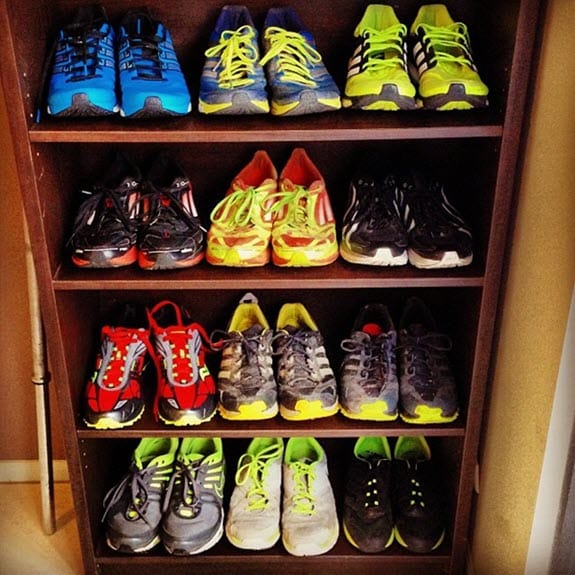
How do your shoes vary in ventilation properties?
Shoe breathability
Keep in mind, ventilation is a function of the shoe upper materials used and construction methods. For instance, you can’t expect there to be ventilation through the sole materials. Similarly, a mesh upper will allow evaporation more than leather.
Skin friction levels and moisture
I think perspiration gets the blame for blisters too much. You just have to assume it’s going to be hot and sweaty in your shoe when you exercise. Even in cool climates; even with wearing moisture-wicking socks; and even in shoes with good ventilation. Your feet are not going to be the kind of "dry" that defines low friction properties. In fact, even with a combination of low sweat output, moisture-wicking socks and shoes with good ventilation, your skin is still going to get clammy, damp, moist – the kind of moist responsible for high friction properties.
Granted, some people perspire more than others. But even for really sweaty people, it is still necessary, and very possible, to find successful blister prevention.
How do you measure or test for shoes breathability?
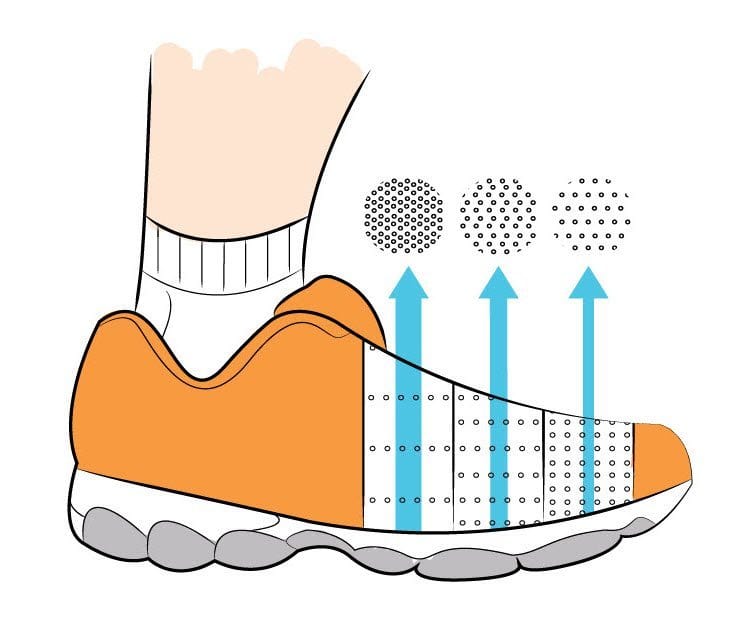
Shoe breathability is determined by material and construction methods of the upper. It's easy to imagine the difference between a leather boot and a mesh running shoe.
In researching this topic, I came across this article regarding the intricacies of shoe ventilation. It explains how determining the level of ventilation in a running shoe is not as simple as it appears to be. It involves:
- Upper mesh or knit designs
- Number and size of upper perforations
- How snug the shoe contacts various parts of the foot
- Room in the toebox
- Friction level of the insole
- Thermal insulation of the sole
Read the article for more details. Or you can do what Jim does. “I test ventilation by scientifically placing my lips on the toebox and blowing.” ?
? Learn why shoe ventilation is VERY important to prevent maceration
Wrapping up
I'm a bit dismissive of perspiration. It gets the blame too much and too often. And the search for answers stops there.
There’s no denying skin moisture is relevant to blister formation. And there’s no denying skin moisture can be impacted by shoe breathability.
What I am questioning is the mindset that goes along the lines of:
“Well, my feet sweat a lot, I’ve tried lots of things to prevent these blisters, they haven’t worked, therefore I am resigning myself to the notion that I can’t help but get blisters when I exercise.”
Rather, it is necessary to find answers to blisters in spite of a hot and sweaty in-shoe environment. If your feet are really sweaty, or you’re on your feet for hours in hot conditions, or you’re taking part in an endurance event, don’t accept blisters as inevitable. Search for your blister location and hone in on the advanced blister solutions for that blister location.
